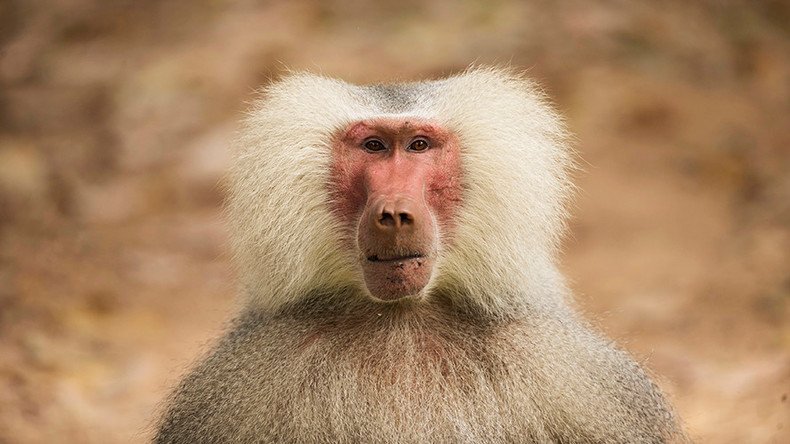Record breaking: Pig hearts stay alive in baboons for more than 2 years

Genetically engineered pig hearts managed to stay alive inside baboons for over two years without being rejected, according to a new study by researchers at the National Institutes of Health. Previous efforts in xenografts had survived less than a year.
“People used to think that this was just some wild experiment and it has no implications,” says Muhammad Mohiuddin, a cardiac transplant surgeon at the NIH’s National Heart, Lung, and Blood Institute in Bethesda, Maryland, who led the study, according to Science magazine. “I think now we’re all learning that [xenotransplantation in humans] can actually happen.”
Pig hearts kept alive in baboons for more than two years https://t.co/poY0e160Lw via @ABCNews
— ABC News Science rss (@ABCNewsScience) April 6, 2016
NIH researchers reported the record-setting survival rates for pig hearts in five baboons, with one staying healthy for 945 days. This is just the latest result in a decade-long experiment attempting to house pig hearts in the baboons’ abdomens, attached to the primates’ circulatory systems.
To avoid the violent attack that a host’s immune system normally launches against organs from a foreign species, the baboons were given hefty doses of immune-suppressing drugs, including the anti-CD40 antibody and the blood-thinning drug, heparin.
It wasn’t just the drug regime that produced the record-breaking results, however. The pig hearts were genetically engineered. A carbohydrate gene in the porcine heart encourages the human body to produce an antibody that latches onto foreign organs and causes damaging blood clots. Scientists removed that gene in 2001, and researchers later added two human proteins – one that helps regulate blood clotting, and another that blocks the signaling molecules that prompt the antibody response.
Pigs hearts beating in baboon abdomens for >2 yrs: My latest for @NewsfromScience on record-breaking xenotransplants https://t.co/Ro10meOapd
— Kelly Servick (@KellyServick) April 5, 2016
The engineered pig hearts combined with immunosuppression soon smashed the standing record for pig-to-baboon heart transplants – 179 days.
“Every [scientific] meeting, we’d go and say, ‘Oh, we got the first 236-day survival, the first 1-year survival, the first 2-year survival,’” Mohiuddin told Science. “It was losing its charm.”
Scientists were also curious about what would happen if they altered the drug regime. When scientists tried to taper off the baboons’ dose of the anti-CD40 antibody, the primates rejected the hearts. However, those that had been on the immune suppression drugs for over a year did survive on a lower dose.
’Frankenfish’: FDA sued over first GMO animal [VIDEO] https://t.co/0X5h04OWxu@anyaparampil
— RT America (@RT_America) April 2, 2016
Mohiuddin said the tapering experiments suggest that a lower “maintenance dose” might be effective. The downside risk, however, is how lifelong immune suppression could lead to an infection, due to which one of the baboons did, in fact, die.
The long term goal of the cross-special organ transplants, known as xenotransplantion (foreign transplant), is to provide a solution for the 22 people who die in the US daily while waiting for an organ transplant.
Cereal giant General Mills to start using GMO labeling nationwidehttps://t.co/DuMpEB0ze6pic.twitter.com/Rr6TAR6cmf
— RT America (@RT_America) March 19, 2016
Porcine and human organs have enough anatomical similarity that, in theory, pigs could provide replacements. In previous cross-species transplant studies, researchers were only able to measure survival in minutes, as the host’s powerful immune system quickly rejected the intruder.
Mohiuddin and his team have yet to replace a baboon heart with one of the transgenic pig hearts, which would test how well the new hearts function in the chest. That’s coming next.
FDA approves #GMO chicken to produce breakthrough drug https://t.co/5qwsySY2xTpic.twitter.com/l8P6eivt0y
— RT America (@RT_America) December 11, 2015
The study, entitled Chimeric 2C10R4 anti-CD40 antibody therapy is critical for long-term survival of GTKO.hCD46.hTBM pig-to-primate cardiac xenograft, was published in Nature Communications on Tuesday.












